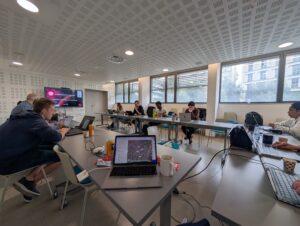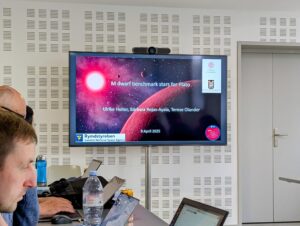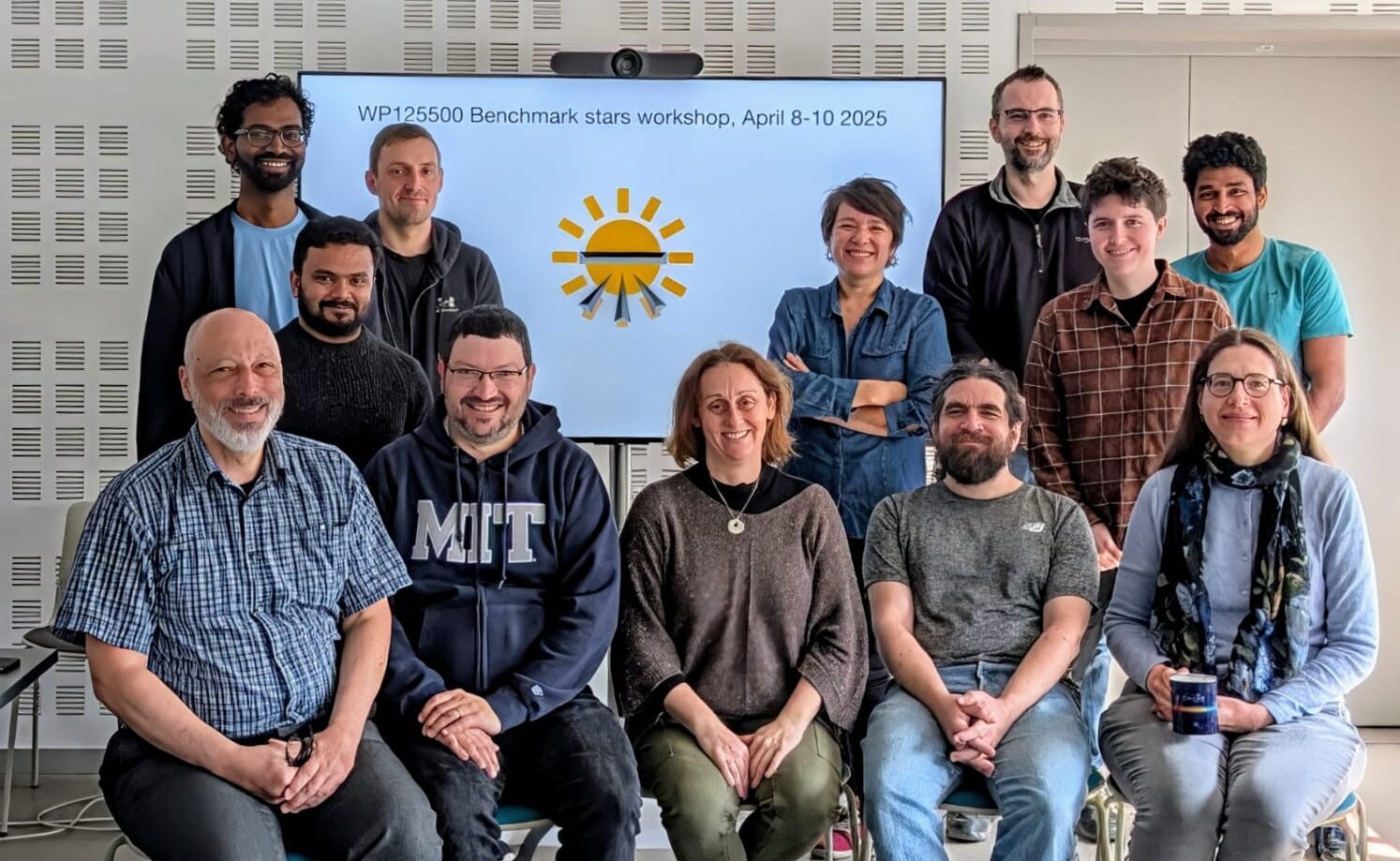
CATA researcher participates in France in an international meeting for the PLATO space mission
Bárbara Rojas-Ayala, an astronomer from the Center for Astrophysics and Related Technologies (CATA), participated in a workshop held in France, together with other researchers from different countries, where they worked on finding stellar standards for the PLATO mission.
The Associate Researcher of the Center for Astrophysics and Related Technologies (CATA) and academic of the Universidad de Tarapacá (UTA), Bárbara Rojas-Ayala, took part in an international meeting held at the University of Nice, France, aimed at preparing the PLATO space mission of the European Space Agency (ESA). The initiative brought together experts from different parts of the world to advance in the definition of stellar standards that will be fundamental in the search for and characterization of exoplanets.
The PLATO (PLAnetary Transits and Oscillations of stars) mission is a space telescope whose main objective is to detect new exoplanets, as well as to characterize with high precision their host stars by asteroseismology. This mission is presented with a particularly ambitious approach: to observe large sectors of the sky in order to find potentially habitable Earth-like worlds.
The event was organized by an academic from the University of Nice, who facilitated the conditions for the interdisciplinary team to meet face-to-face in an environment conducive to collaboration. The working group in which the astronomer participated seeks to establish a series of standard stars called “benchmarks”, i.e., stars that serve as a reference to calibrate the scientific observations of the mission. “We are a group of experts in different types of stars, who are collaborating on a scientific article to deliver to the PLATO community a selection of stars with the best observational data available,” she explained.
One of the focuses of the academic’s work during the workshop was the study of red dwarfs or M dwarfs, small, cold and abundant stars in our galaxy. Although they are not the main objective of PLATO, the observation of a significant number of this type of stars is contemplated due to their relevance in the search for habitable planets.
“M dwarfs are very important because their smaller size and mass facilitate the detection of Earth-size planets, especially in the habitability zone where liquid water could exist”. She also stressed that “the stars closest to our solar system are mostly red dwarfs, which makes them ideal candidates for these studies,” said the CATA astronomer.
The meeting, which included the participation of researchers from Chile, England, Sweden and France, was carried out intensively, dedicating full days to collaborative work. For Rojas-Ayala, the experience was highly positive. “Working for a week focused on this project allowed us to make significant progress. In addition, meeting in person colleagues that I only knew remotely or through their scientific publications, enriched the discussions and opened new possibilities for future collaboration,” said the UTA academic.
Recent news
-
 Publicado el: 12/12/2025Call for applications for the CATA Emprende 2026 program now open
Publicado el: 12/12/2025Call for applications for the CATA Emprende 2026 program now open -
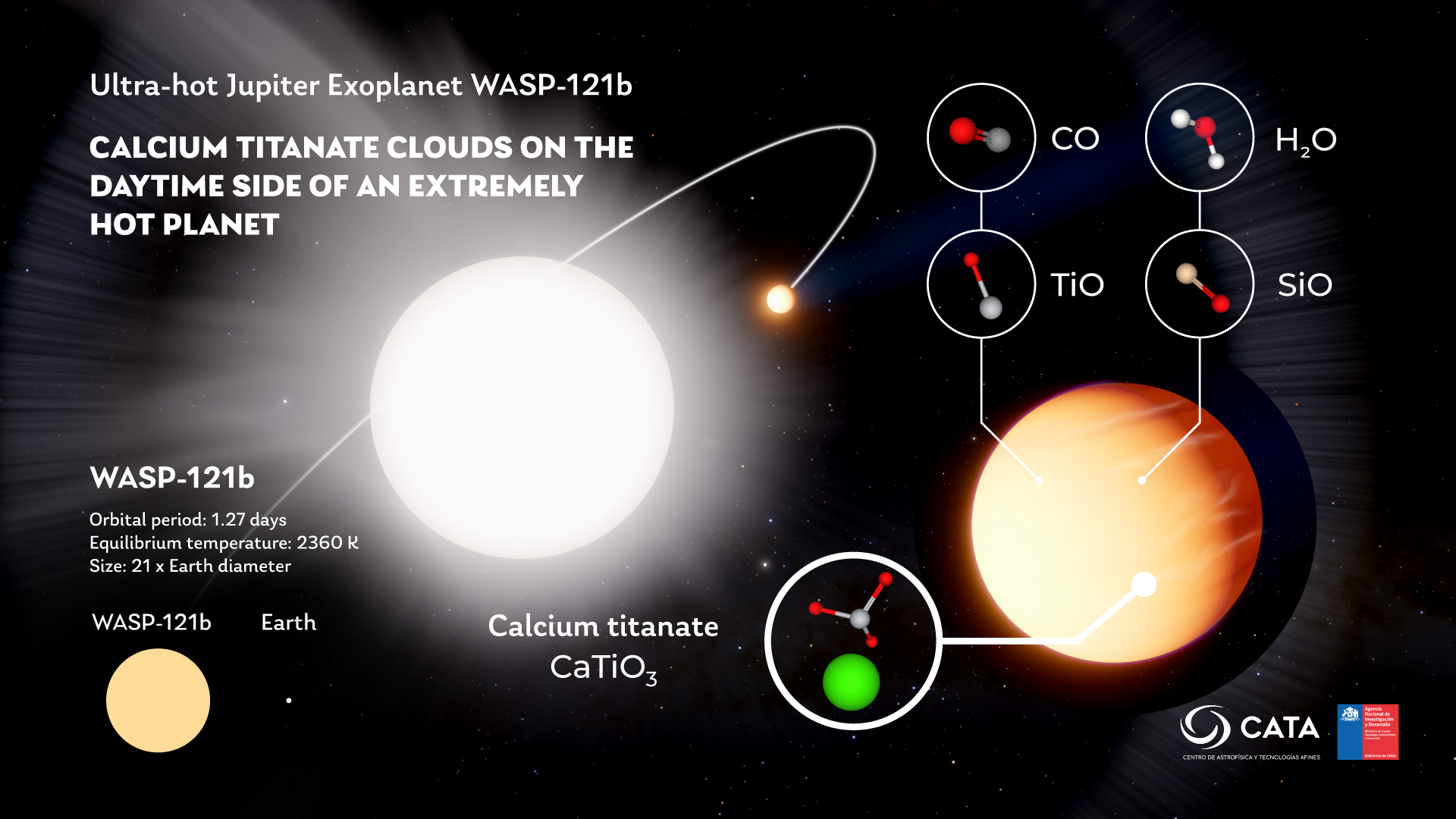 Publicado el: 09/12/2025CATA researchers detect titanate clouds on ultra-hot exoplanet
Publicado el: 09/12/2025CATA researchers detect titanate clouds on ultra-hot exoplanet -
 Publicado el: 05/12/2025CATA launches Applied Research Fund 2026
Publicado el: 05/12/2025CATA launches Applied Research Fund 2026 -
 Publicado el: 01/12/2025The astronomical experience was part of the 4th Ladera Sur Festival.
Publicado el: 01/12/2025The astronomical experience was part of the 4th Ladera Sur Festival. -
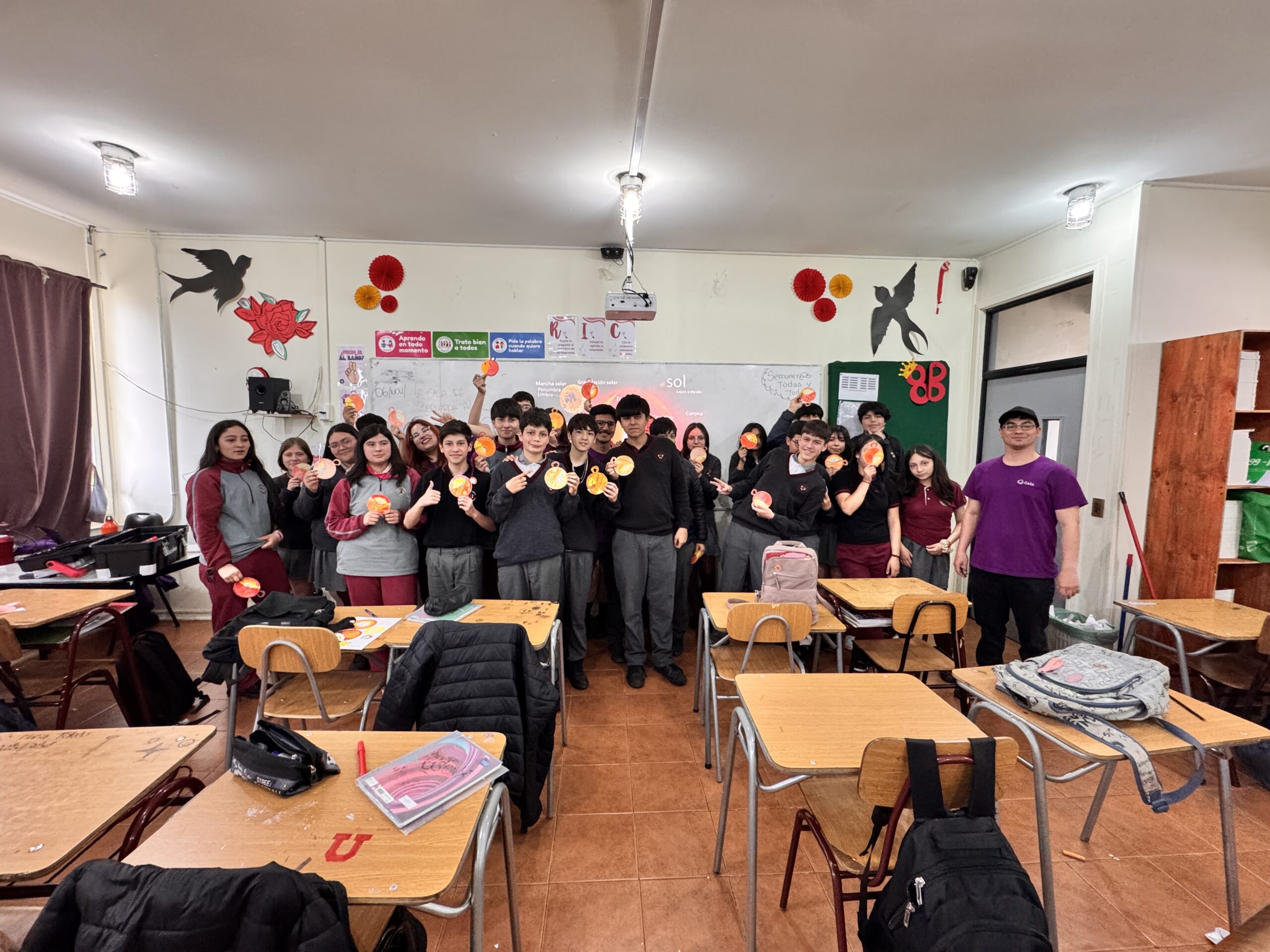 Publicado el: 25/11/2025Students from Angol held an astronomy workshop with CATA
Publicado el: 25/11/2025Students from Angol held an astronomy workshop with CATA
Categories list
- Acknowledgments 21
- Astrobiology 6
- AstroCluster 1
- Black holes 18
- Corporativo 57
- Cosmology 5
- Descubrimientos 23
- Disclosure 73
- Exoplanets 14
- Extension 6
- Galaxies 21
- Galaxies formation 5
- Inter y Transdisciplina 4
- Local Universe 16
- Publications 6
- Sin categorizar 34
- Solar System 21
- Stellar formation 8
- Technology 16
- Technology Transfer 18
